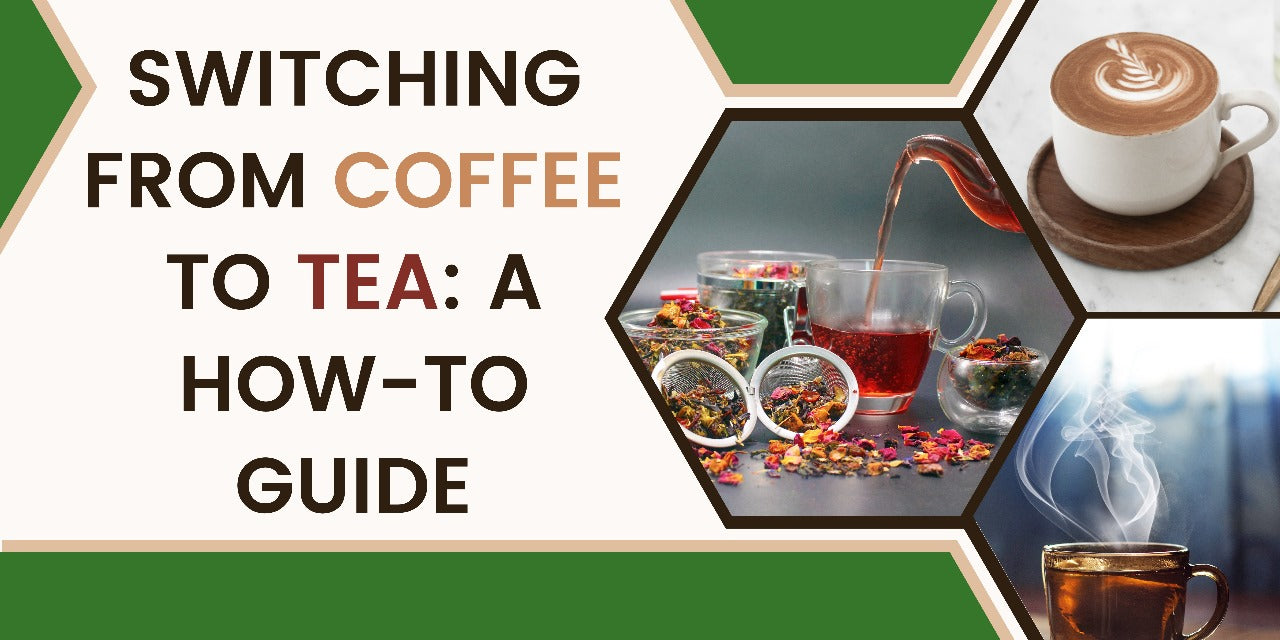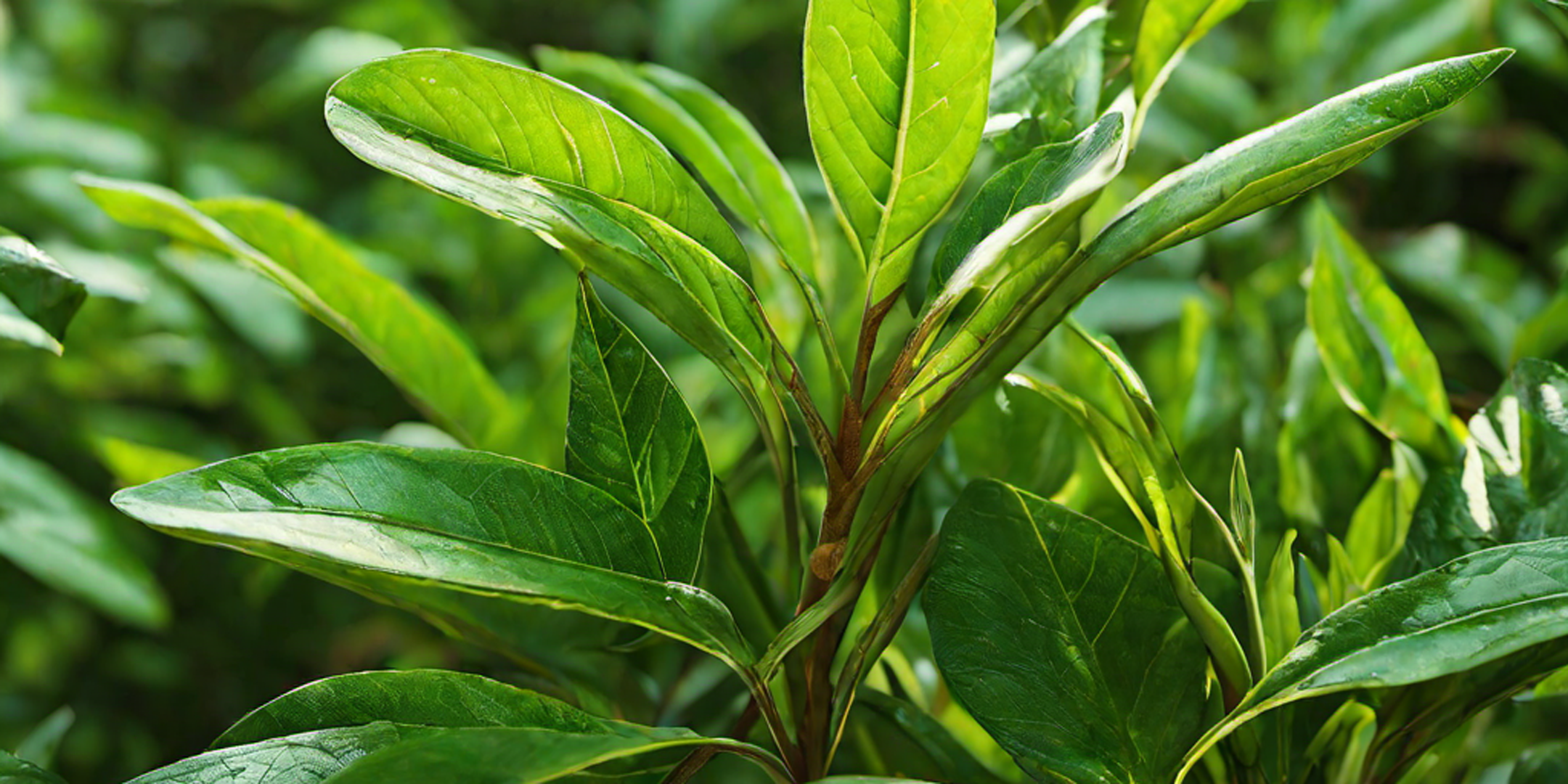1. Introduction to the World of Tea Tasting
Tea tasting is an art that has been practiced for centuries, but it is only recently that it has gained significant popularity. With a wide variety of flavors and aromas, tea tasting offers a unique and enjoyable experience for enthusiasts around the world. From the delicate floral notes of white tea to the robust and earthy flavors of pu-erh, there is something for everyone to savor and appreciate. In this blog, we will explore the world of tea tasting and delve into the delights of diverse flavors and aromas. Grab a cup of your favorite tea and join us on this journey of sensory exploration.
2. The Art of Tea Tasting: The Importance of Appreciating Flavors and Aromas
The art of tea tasting goes beyond simply sipping a cup of tea. It involves engaging all the senses and truly appreciating the flavors and aromas that each tea has to offer. To fully enjoy the experience, it is important to take the time to explore and understand the different characteristics of each tea variety.
First and foremost, pay attention to the aroma. Delicately inhale the fragrance and let it transport you to a world of subtle nuances. Observe the color of the tea, as it can give you insights into its strength and flavor profile. Take small sips, allowing the liquid to roll over your tongue and coat your palate, capturing the various flavor notes along the way.
As you embark on this journey of tea tasting, keep an open mind and embrace the diversity of flavors and aromas that await you. Expand your tea repertoire and discover new blends, techniques, and tea cultures. Before long, you will be an expert in the art of tea tasting, appreciating the nuances and complexities that each cup has to offer.
3. Understanding Different Types of Tea: From Black to Green and Everything in Between
Tea is a versatile beverage that comes in a variety of types, each with its own unique characteristics and flavors. As a tea enthusiast, it is important to understand the different types of tea and their distinct qualities.
One of the most popular and widely consumed types of tea is black tea. Known for its robust flavor and bold aroma, black tea is a great starting point for those new to tea tasting. It is fully oxidized, giving it a rich, dark color and a full-bodied taste. From Assam to Darjeeling to Earl Grey, black tea offers a wide range of flavors to explore.
Green tea, on the other hand, is known for its fresh and grassy taste. It undergoes minimal oxidation, retaining its natural green color and delicate flavor. Green tea is packed with antioxidants and is often enjoyed for its health benefits.
Another type of tea to consider is oolong tea, which falls between black and green tea in terms of oxidation. Oolong tea can vary in flavor, falling anywhere from light and floral to dark and roasted.
White tea, with its delicate and subtle flavors, is considered the most minimally processed tea. It is made from young tea leaves and buds, resulting in a mild and refreshing taste.
Lastly, herbal teas are caffeine-free and offer a wide range of flavors and ingredients. From chamomile to peppermint to fruity blends, herbal teas provide a soothing and calming experience.
By familiarizing yourself with the different types of tea, you can broaden your tea tasting horizons and appreciate the diversity that the world of tea has to offer. Next time, we will delve deeper into the distinct qualities of each type and explore the best ways to brew and enjoy them. Stay tuned for more tea adventures!
4. Exploring Tea Tasting Techniques: How to properly evaluate and analyze flavors
When it comes to tea tasting, there are techniques that can enhance your experience and help you fully appreciate the flavors and aromas of different teas. Proper evaluation and analysis of flavor is key in understanding the nuances and characteristics of each type of tea.
One important aspect of tea tasting is to pay attention to the appearance of the tea leaves and the brewed tea. The color, shape, and size of the leaves can provide valuable insight into the quality and processing of the tea. Likewise, observing the color and clarity of the brewed tea can give you a hint about its strength and flavor intensity.
Once you have brewed your tea, it is important to use all your senses to assess the aroma. Take a moment to inhale the steam rising from your cup and try to identify the different notes. Is it floral, grassy, or woody? The aroma can give you a clue about the flavors that will unfold as you take a sip.
Now, it's time to take that first sip and explore the taste. Pay attention to the initial impression, the body or mouthfeel of the tea, and the aftertaste. Is it sweet, bitter, or a combination of both? Does it have a lingering finish or a quick fade? Each type of tea will have its own unique taste profile that can be further enhanced by the brewing time and temperature.
As you continue your tea tasting journey, keep in mind that practice makes perfect. Take the time to explore different teas, experiment with brewing methods, and train your palate to discern the subtle differences in flavors. The more you taste and analyze, the more you will be able to appreciate the diverse world of tea.
In our next blog, we will dive into the art of brewing tea and explore the best techniques to bring out the optimal flavors and aromas in each type of tea. So, grab your favorite tea cup and get ready for a sensory tea experience like no other. Stay tuned for more tea adventures!
5. Embracing Diversity in Tea: Discovering unique and exotic flavors from around the world
When it comes to tea tasting, one of the most exciting aspects is the opportunity to explore the wide range of flavors and aromas from different tea origins. Each region and country has its own unique tea traditions and techniques, resulting in a diverse array of tastes and scents to discover.
For example, Chinese teas are known for their delicate and nuanced flavors, with variations ranging from floral and vegetal to smoky and earthy. On the other hand, Japanese teas often exhibit a fresh and vibrant character, with notes of seaweed and grass.
As you venture into the world of tea tasting, be sure to try teas from countries like India, Sri Lanka, Taiwan, and Kenya. Each of these regions produces teas with distinctive flavors and aromas that reflect their unique terroir and manufacturing processes.
Whether you prefer a bold and robust black tea, a delicate and floral white tea, or a fragrant and aromatic green tea, there is a world of diverse flavors waiting to be explored. So, open your palate to the delights of tea from around the world and embark on a delicious journey of discovery.
6. Creating a Personal Tea Tasting Experience: Tips for setting up a perfect tea tasting session
Now that you're ready to embark on your journey into the world of tea tasting, it's time to set up the perfect tea tasting session. By creating a dedicated and immersive environment, you can fully appreciate the flavors and aromas of each tea you try.
First, choose a quiet and well-lit space where you can focus on the tea without distractions. Set the mood with soft background music or nature sounds to enhance the sensory experience. Consider investing in quality tea tasting sets, which typically include a tray, cups, and aroma cups specifically designed for tea tasting.
Next, pay attention to water quality. Use filtered or spring water to bring out the true flavors of the tea. The temperature of the water also plays a crucial role, so invest in a variable temperature kettle or a reliable thermometer to ensure you brew each tea at the correct temperature.
Finally, take your time and savor each sip. Start by smelling the dry leaves, then observe the color and clarity of the brewed tea. Submerge your senses by inhaling the steam rising from the cup and take small, deliberate sips, allowing the tea to coat your palate.
By following these tips, you'll create a personalized tea tasting experience that allows you to fully appreciate the diversity of flavors and aromas that different teas have to offer. So, get ready to indulge in the world of tea tasting and let your taste buds take you on a delightful adventure.
7. The Benefits of Tea Tasting: From relaxation to health benefits, exploring the many advantages
Beyond the sheer enjoyment of tasting a variety of teas, engaging in tea tasting brings with it a range of benefits. From relaxation to improved health, this practice has something to offer for everyone.
One of the primary advantages of tea tasting is its ability to promote a sense of relaxation and calming. As you take the time to savor each sip and fully immerse yourself in the experience, you will find yourself feeling more centered and present in the moment. The process of tea tasting offers an opportunity to disconnect from the hectic pace of life and find solace in a moment of tranquility.
In addition to relaxation, tea tasting also provides a chance to explore the potential health benefits that tea has to offer. Various types of tea, such as green tea, white tea, and herbal teas, are known to contain antioxidants and other compounds that can support overall health and well-being. Regular tea tasting allows you to discover the unique properties of different teas and to incorporate them into your daily routine for potential health benefits.
Whether you are seeking a moment of calm or looking to enhance your overall well-being, tea tasting is a delightful and beneficial practice to indulge in. So go ahead, brew a comforting cup of tea, and let its flavors and aromas transport you to a world of relaxation and wellness.
8. Continuing Your Tea Tasting Journey: Resources and recommendations for further exploration
Now that you have experienced the relaxation and health benefits that come with tea tasting, you may be interested in further exploring this fascinating world. Fortunately, there are plenty of resources available to help you expand your knowledge and refine your palate.
Books and online platforms are excellent starting points for delving deeper into the art of tea tasting. The recommended readings include "The Tea Enthusiast’s Handbook" by Mary Lou Heiss and "The Art and Craft of Tea" by Joseph Wesley Uhl. These comprehensive guides will take you through the history, cultivation, and brewing techniques of various teas, allowing you to truly appreciate the complexities of flavor and aroma.
Another way to continue your tea-tasting journey is by visiting tea shops and attending tea-tasting events. Local tea shops often offer tasting sessions that provide an opportunity to interact with knowledgeable tea enthusiasts and experience a wider range of teas. These events also provide an excellent platform for connecting with other tea lovers and exchanging recommendations.
Lastly, consider joining online communities and forums dedicated to tea tasting. These vibrant communities allow you to connect with tea enthusiasts from around the world, share experiences, and discover new teas and techniques. Websites like Steepster, TeaChat, and Reddit's Tea subreddit are popular platforms that offer a wealth of information and insights.
Embark on this exciting journey of tea tasting, armed with the knowledge gained from these resources and recommendations. Expand your tea collection, experiment with brewing methods, and savor the diverse flavors and aromas that the world of tea has to offer. With each cup, you will continue to explore and appreciate the many delightful dimensions of this ancient beverage.




